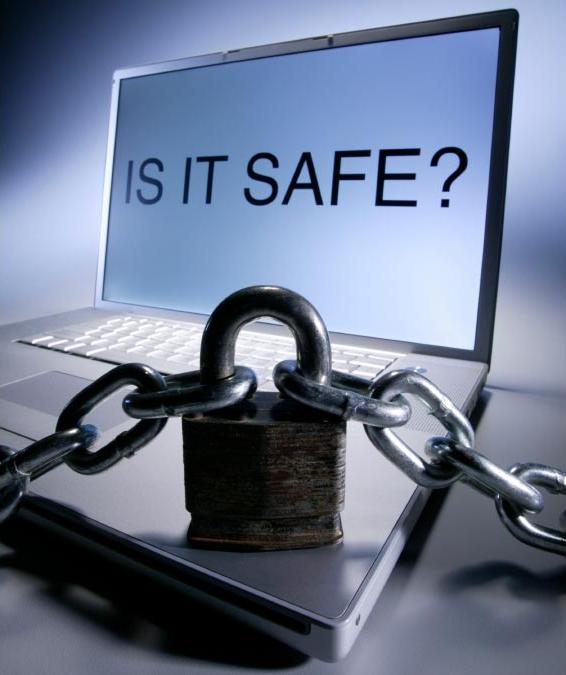Ransomware is the latest threat to afflict millions of computer users worldwide. What’s really startling is that even police departments are being affected. Let’s take a look at what ransomware is, and how you can protect yourself against it.
Cyber-criminals have so far collected more than $200 million in the first three months of 2016, and are on track to steal $1 billion by the end of the year.
How?
By tricking regular people, as well as businesses and institutions, to download “ransomware” that takes control of computers and servers. If you want to unlock your computer data, you have to pay the crooks.
It’s a lucrative scam and no one is safe: hospitals, school boards and even police departments have all been blackmailed by ransomware criminals so far this year.
You Don’t Even Have to Download Ransomware to Infect Your Computer
Most recently, Game of Thrones fans were targeted by ransomware just by visiting the Pirate Bay video downloading site.
What’s most frightening about this example is that the visitors to the Pirate Bay didn’t actually download any malicious files.
Instead, all they did was get secretly redirected to a webpage that exploited common security holes in their Internet browser. Ransomware was “injected” into their computer before they knew what was happening.
What is “Ransomware”?
Ransomware is a type of malware—a malicious software program—that, once installed, takes over your computer. Ransomware may prevent your computer from working properly. It can also encrypt or lock away important data, including photos and music files.
The only way to regain control of your computer is to pay off the ransomers, usually by wire transfer or some other untraceable payment method.
How Does Ransomware Get Installed In the First Place?
Sometimes ransomware is downloaded and opened by accident. You may think you are downloading a video file or a useful software program, but in reality you are installing ransomware on your computer.
Sometimes people claiming to be “MS tech support” call you up, and persuade you to download what they claim is some sort of computer utility program.
They walk you through the process, step-by-step, over the phone, to download the ransomware.
Still, what is the most common ransomware “exploit”?
Your Internet browser. Thanks to weak coding, Internet browser security vulnerabilities are being found by cyber-crooks all the time. Visit the wrong web page by mistake and ransomware is downloaded automatically onto your computer.
Once downloaded, a common ruse to complete installation of the ransomware is for a pop-up screen with an “FBI warning” to appear on your computer. Push any button on the popup and the ransomware installation process gets finished, and your computer is hijacked.
Police departments and other government agencies can’t provide much help—they are overwhelmed by other problems and simply cannot track down the cyber-criminals.
So, to get rid of the ransomware and regain control of your computer, the only thing you can do is pay off your hijacker.
Or, you can take steps to avoid downloading the ransomware in the first place.
How to Protect Your Computer from Ransomware
1) Make sure you have antivirus installed
Make sure you have a current, legitimate antivirus program installed on your computer. Antivirus continuously scans for Internet attacks and malicious web pages that try to download ransomware without you knowing it.
Did you know CompuClever offers a comprehensive Internet security solution that continuously blocks Internet attacks and malicious web pages that try to download ransomware without you knowing it?
Check out CompuClever Antivirus PLUS, an innovative security software. CompuClever Antivirus PLUS has received a full mark with a rating of “SOLID” from the prestigious VB100 antivirus testing lab.
2) Hang up the phone on “Microsoft tech support”
Microsoft or any other software company never, ever phones (or emails), offering to help fix a problem they have identified on your computer. If someone claiming to be from tech support phones you up, hang up the phone immediately.
3) Backup your files on an external disk
Make sure important such as photos, music and videos are stored on an external backup drive. Backing up data is easy to do, thanks to cheap USB drives that now have more storage space than some laptops.
If you do download ransomware, before paying the cyber-crooks a single cent, ask a computer-savvy friend for help or obtain professional tech support.
There are many reputable programs and utilities that can help you gain control of your computer.
Have a request for Tech Corner? Email me at newsletter@compuclever.com.

